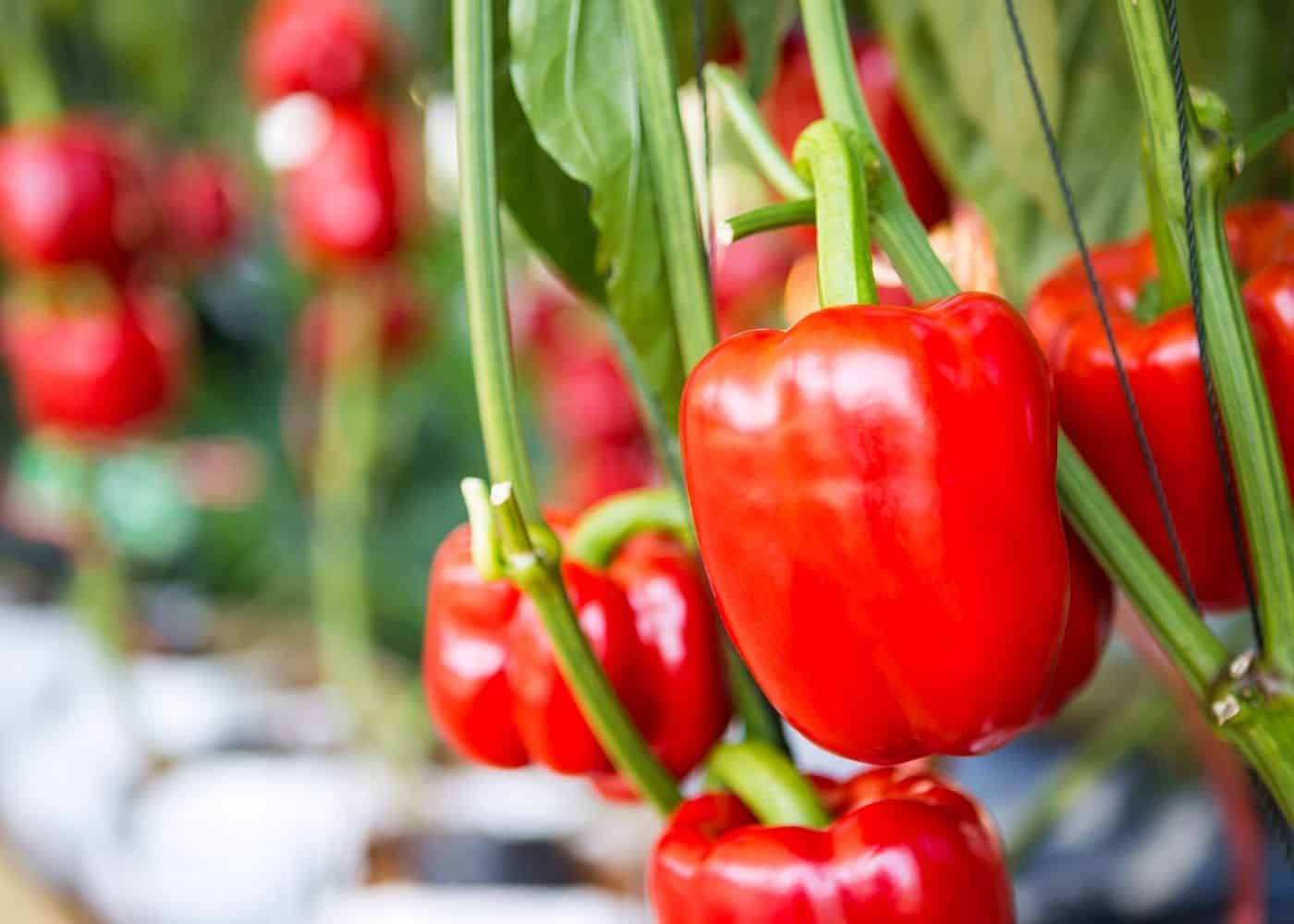Companion plants help surrounding plants by preventing pests, providing nutrients, and boosting plant growth. So, if you’re wondering what the best companion plants for pepper plants are, keep reading.
The best companion plants for peppers include scented culinary herbs like cilantro and garlic, garden vegetables like carrots, okra, and cucumbers, and flowers like nasturtiums. Avoid planting peppers near brassicas like cabbage and kale, as well as too close to fennel. Some gardeners also like to avoid planting beans too close to their peppers.
Read on to learn all about companion plants for peppers!
Pepper companion planting basics
Peppers or Capsicum are part of the Solanaceae family, known as nightshades. Tomatoes, potatoes, and eggplants are also members of the nightshade family.
Nightshades like peppers thrive when planted amongst culinary herbs like thyme and basil and other heat-tolerant fruits and vegetables in the garden. However, plants in the Brassica family (like cabbage, brussels sprouts, and cauliflower) can stunt the growth of peppers when planted near them.
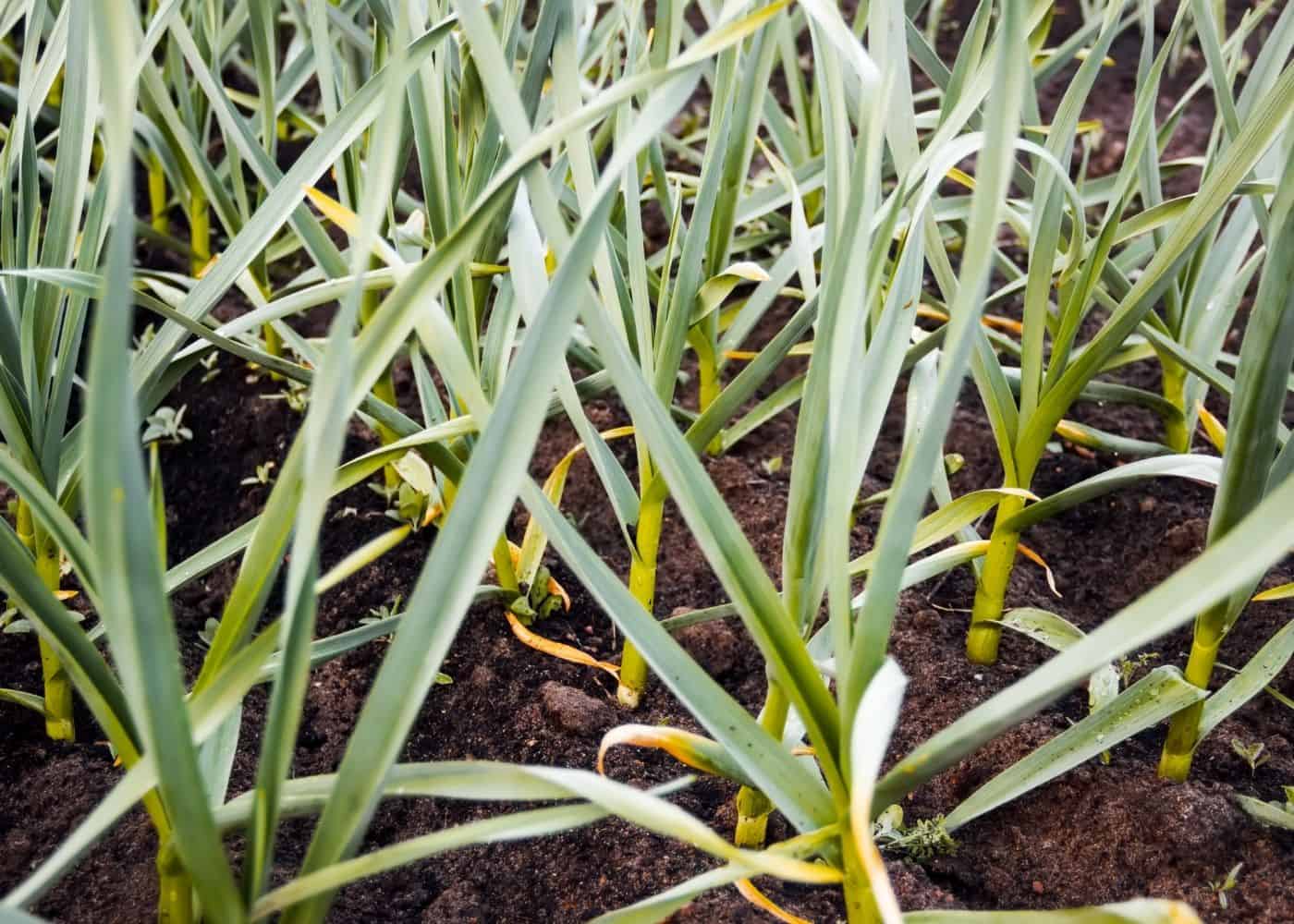
1. Garlic
Garlic is a great companion for pepper plants because these pungent plants repel spider mites, aphids, whiteflies, Japanese beetles, maggots, and harmful flies. Garlic is most helpful early in the season when repelling these insects is key to keeping them from raising ravenous offspring in your garden area.
Garlic is generally harvested in early summer, leaving space for adding a different companion plant after the garlic. If fall is already approaching, you can plant next year’s garlic! Garlic is usually planted in September or October in temperate climates, so be sure to get it in the ground before the soil freezes for winter.
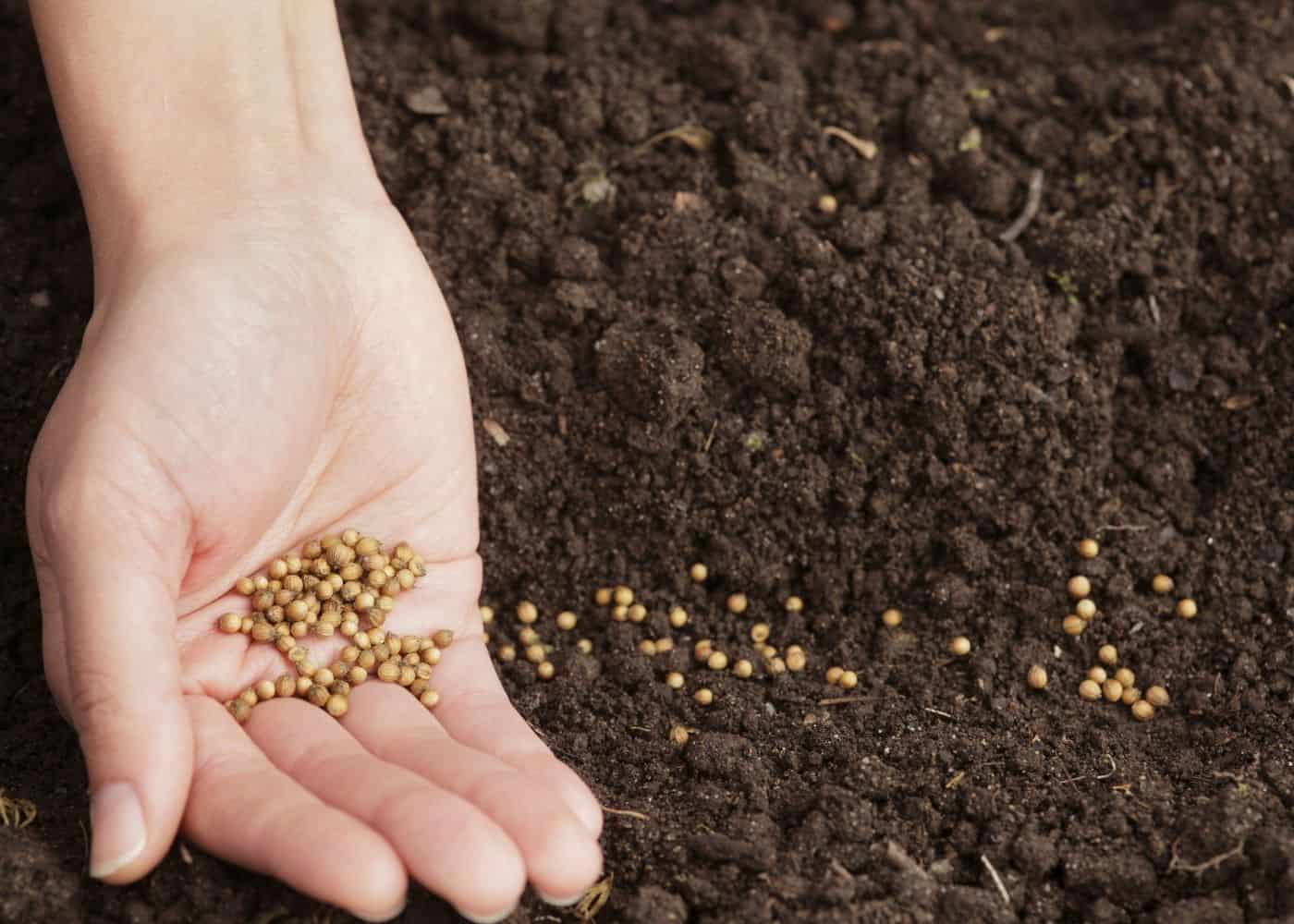
2. Cilantro
Cilantro makes a lovely companion plant because it prevents pests such as aphids and attracts beneficial bees. Bees are excellent pollinators for both cilantro and for pepper plants. The scent of this popular culinary herb plant may also repel other pest insects from the garden.
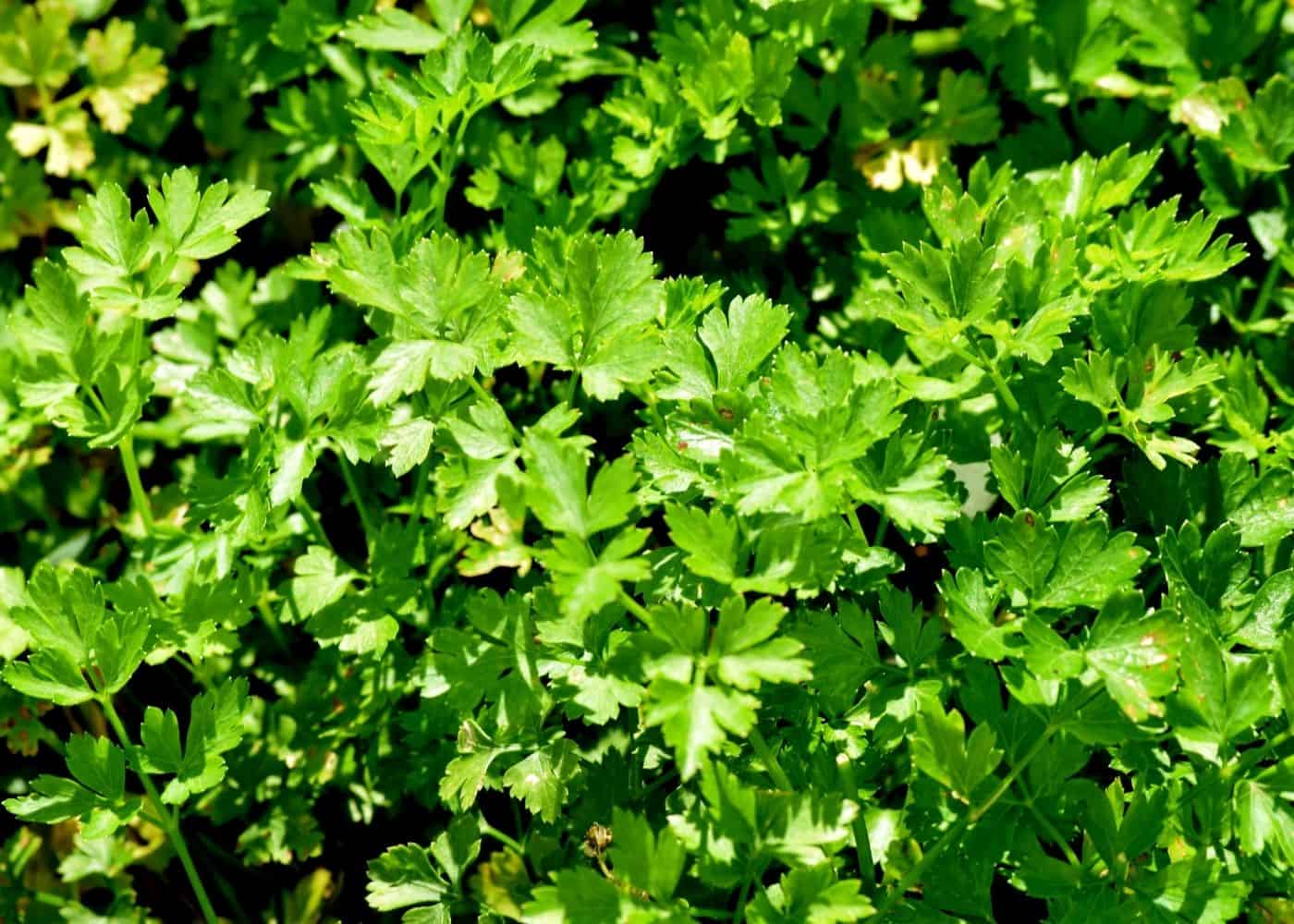
3. Parsley
Parsley makes a great companion plant for pepper plants because it deters pests such as aphids, spider mites, armyworms, earworms, and beetles. It is also used in many of the same recipes as peppers, making for an efficient harvest trip out to the garden!
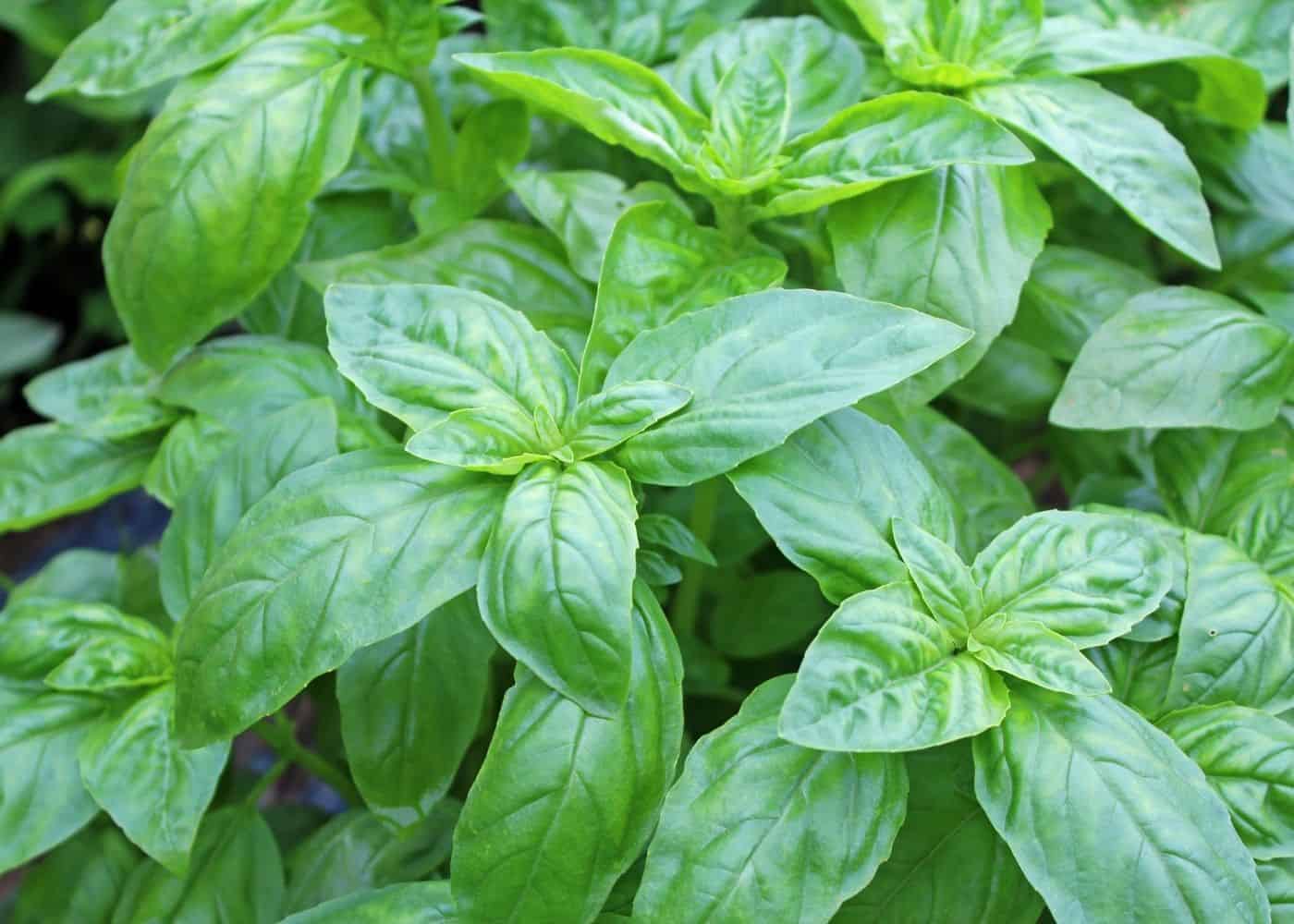
4. Basil
Basil is a great companion plant for pepper plants because its pungent smell masks the pepper plant, distracting pests like thrips. In addition, basil can improve the flavor of peppers. Lastly, it makes a nice low-growing companion plant around the base of larger pepper plants to shade the ground, keep moisture in, and provide a habitat for beneficial critters like predatory spiders.
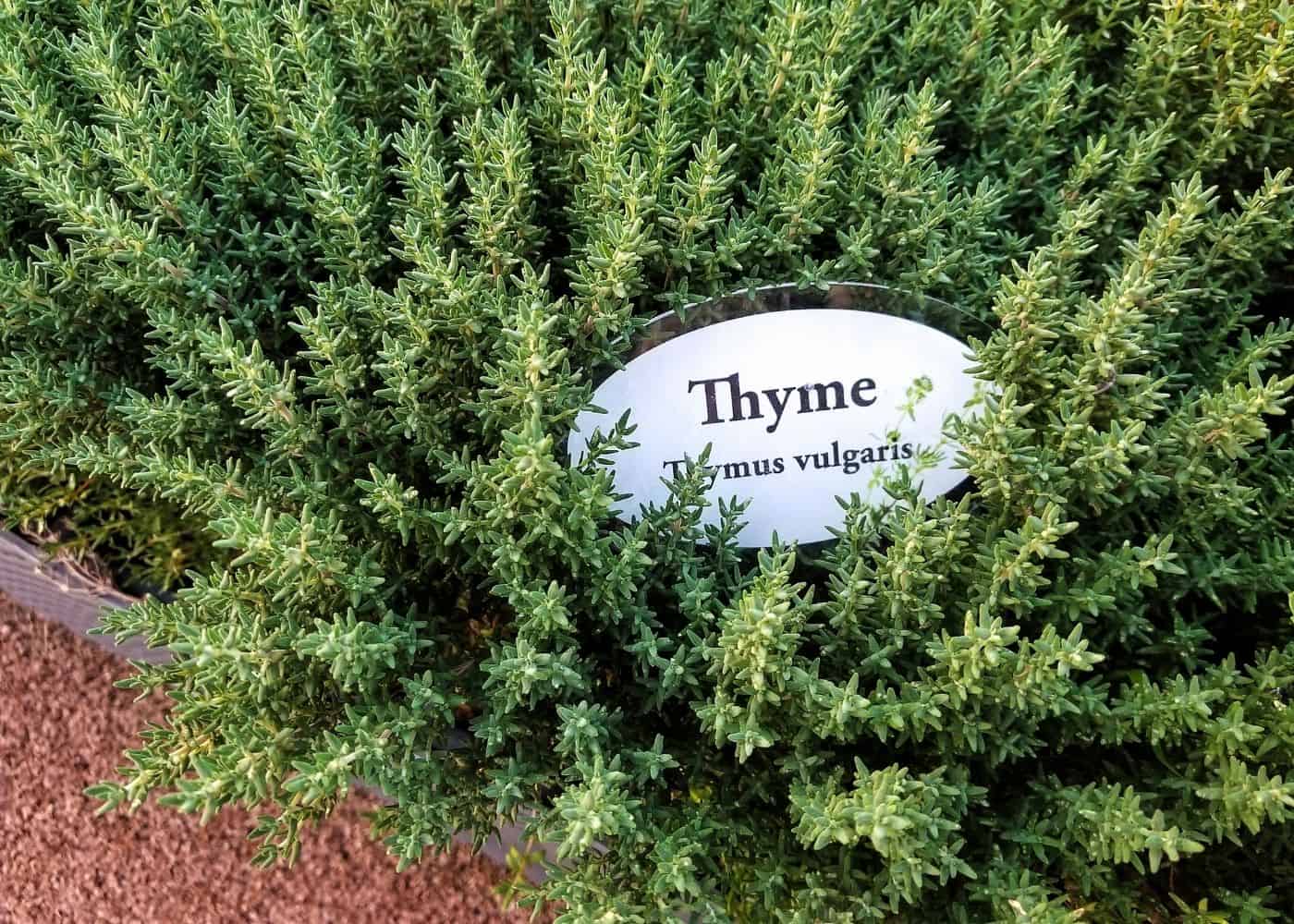
5. Thyme
Thyme makes a great companion plant for pepper plants because it can camouflage pepper plants from Armyworm Moths. Armyworm Moths destroy pepper plants because they hatch eggs that become larvae that eat and destroy the plant.
In addition, thyme plants, such as red creeping thyme, act as groundcover plants or living mulch at the base of tomato plants because of their height. This living mulch can also prevent rainwater from splashing onto the bottom leaves, spreading soil-borne disease to the pepper plant.

6. Sunflowers
Sunflowers make excellent companion plants for pepper because they attract bumblebees. As the bumblebees pollinate the sunflowers, they may also pollinate your peppers.
In addition, sunflowers attract birds that eat sunflower seeds and tiny pests that could affect your pepper plant. Lastly, since sunflowers are so tall, they provide an adequate wind barrier, helping to prevent the pepper plants from falling over.
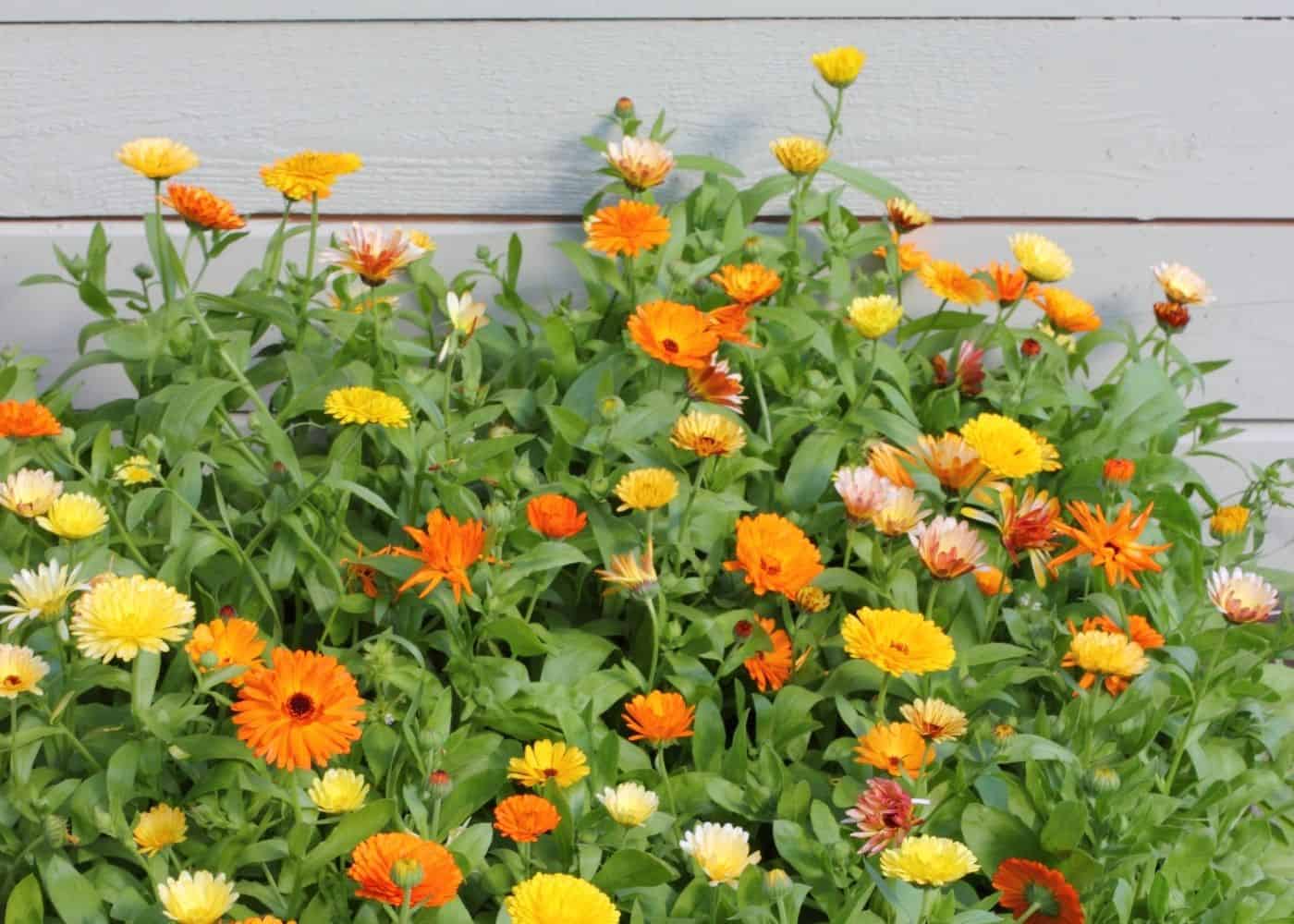
7. Marigold
Marigolds make great companion plants because they deter nematodes. Nematodes are microscopic worm-like creatures that attack the roots of pepper plants, causing the plant to die. While these flowers do repel harmful pests, they can also attract beneficial creatures to your pepper garden, including parasitic wasps.
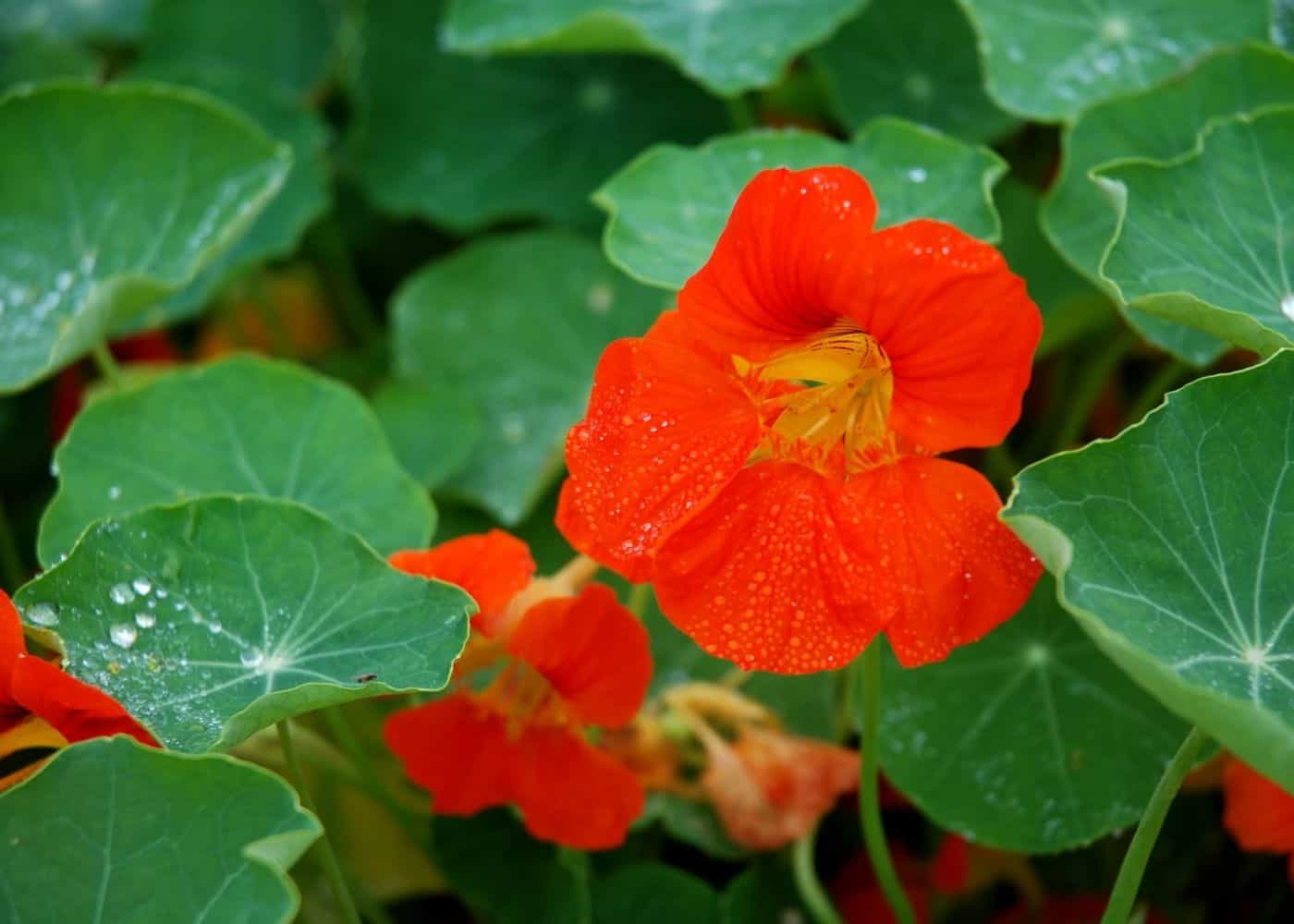
8. Nasturtium
Nasturtium is an edible plant that attracts and traps aphids, keeping them away from your pepper plant. Nasturtium also has a spicy scent that can repel some flying insects like whitefly and beetles. The bright yellow, orange, and red flowers are also highly attractive to bees and hummingbirds, which are both welcome additions to your vegetable garden’s ecosystem.
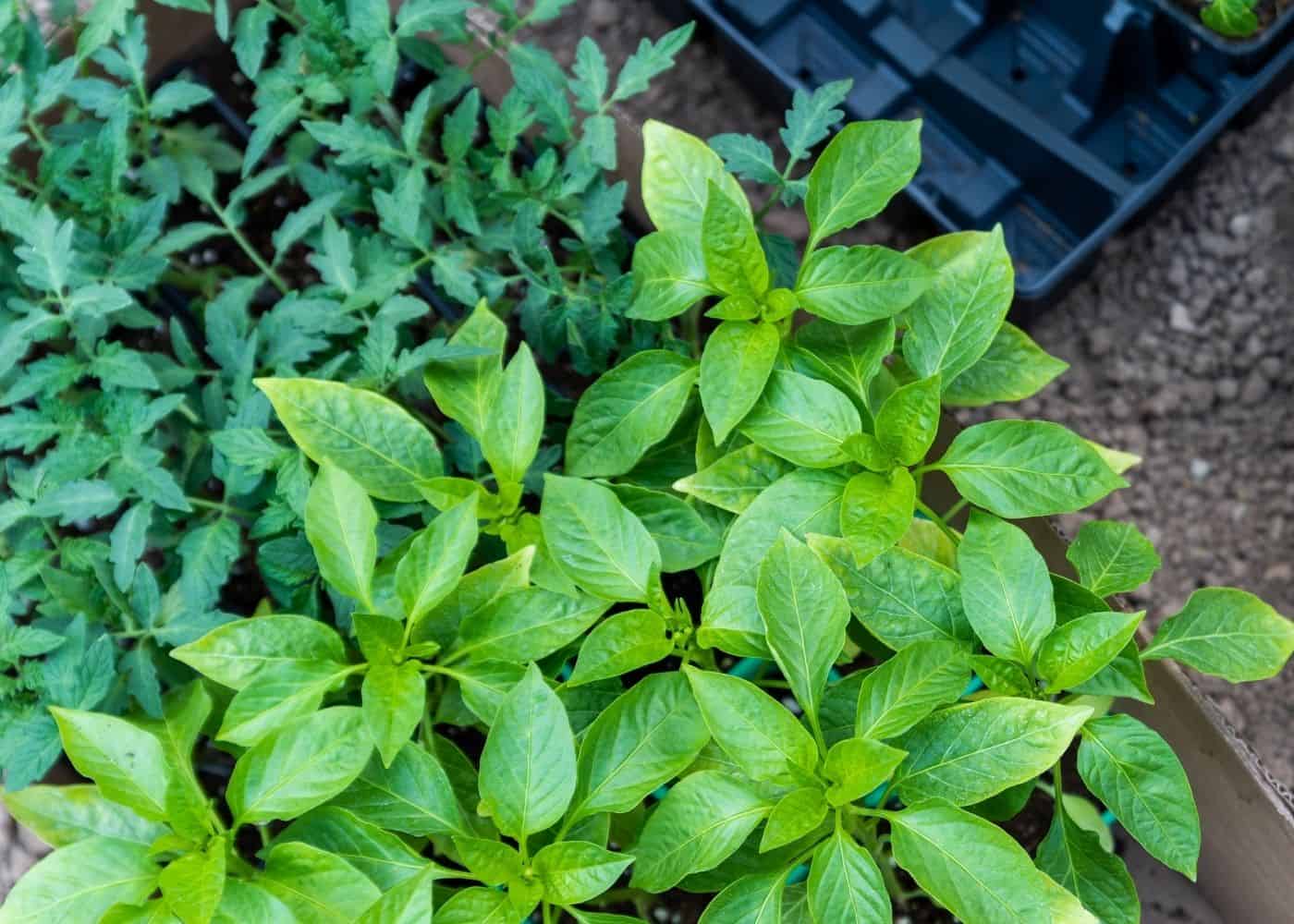
9. Tomatoes
Tomato plants make good companion plants for pepper plants because they enjoy the same conditions. These plants can both get rather tall and grow best with some vertical support. They are also subject to the same sorts of soil-borne diseases, so keeping them together can make it easier to rotate them between different areas of the garden each year. This works vice-versa as well, with peppers making great companion plants for tomatoes.
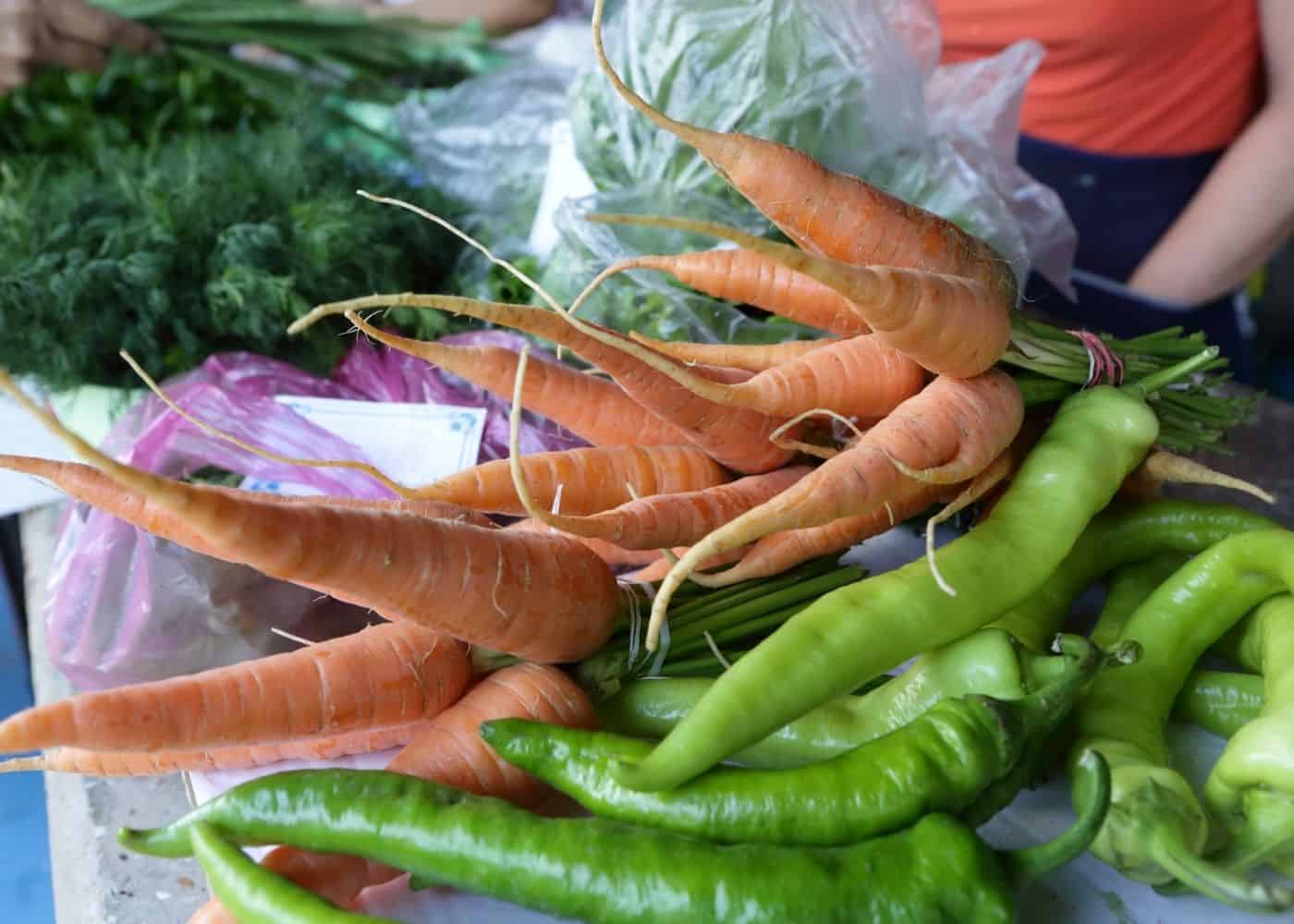
10. Carrots
Carrots make great companion plants for peppers because they act as living mulch. As a result, this living mulch deters weeds, keeping your pepper plant safe and weed-free. In addition, carrots attract parasitic wasps, which attack pests.
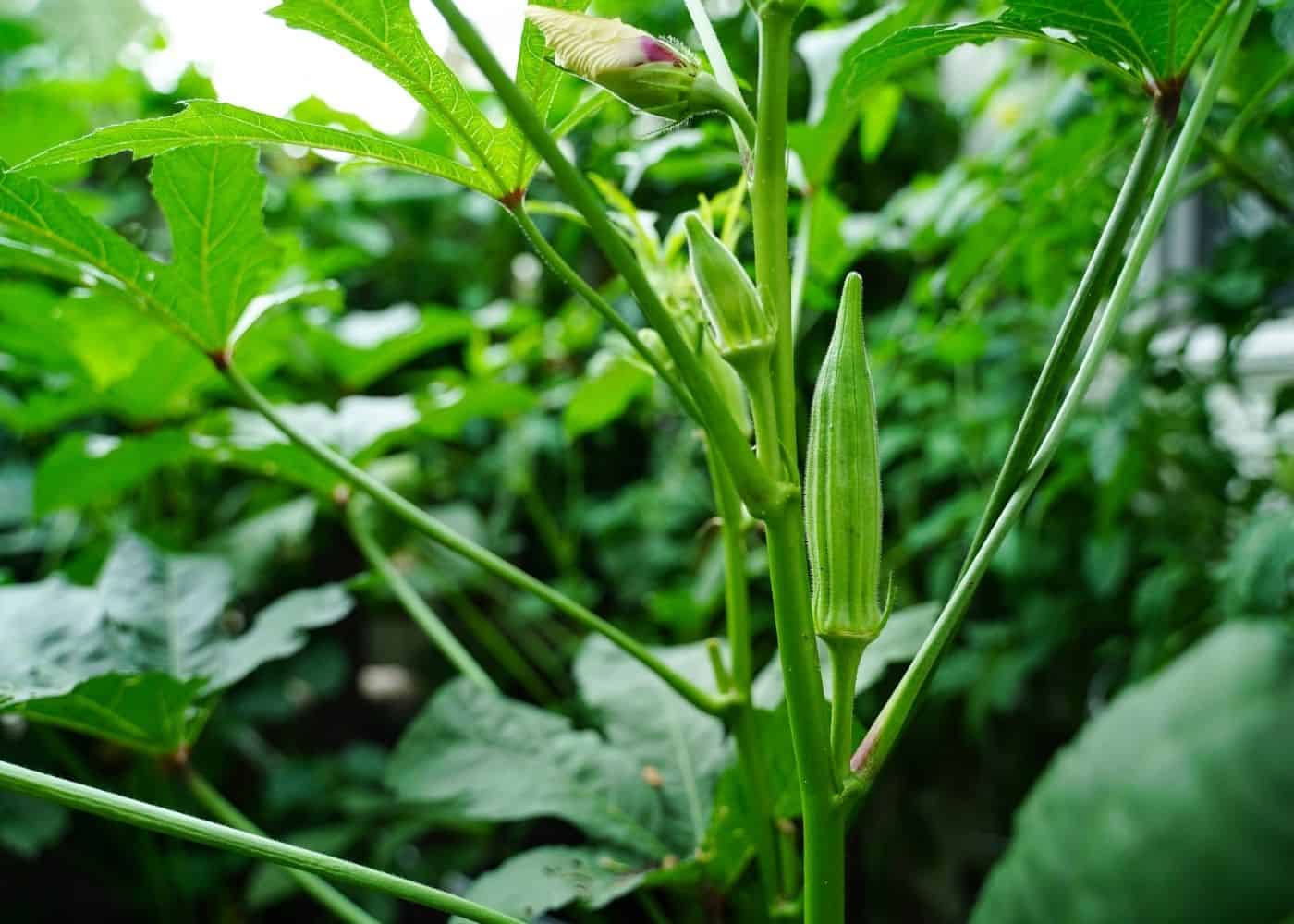
11. Okra
Okra is a common companion plant for peppers. Both of these plants grow well in hot weather, and the pepper plants can even repel harmful cabbage moths away from the okra. Lastly, peppers and okra are two of the key ingredients in many Gumbo recipes, making them a great culinary pairing as well.
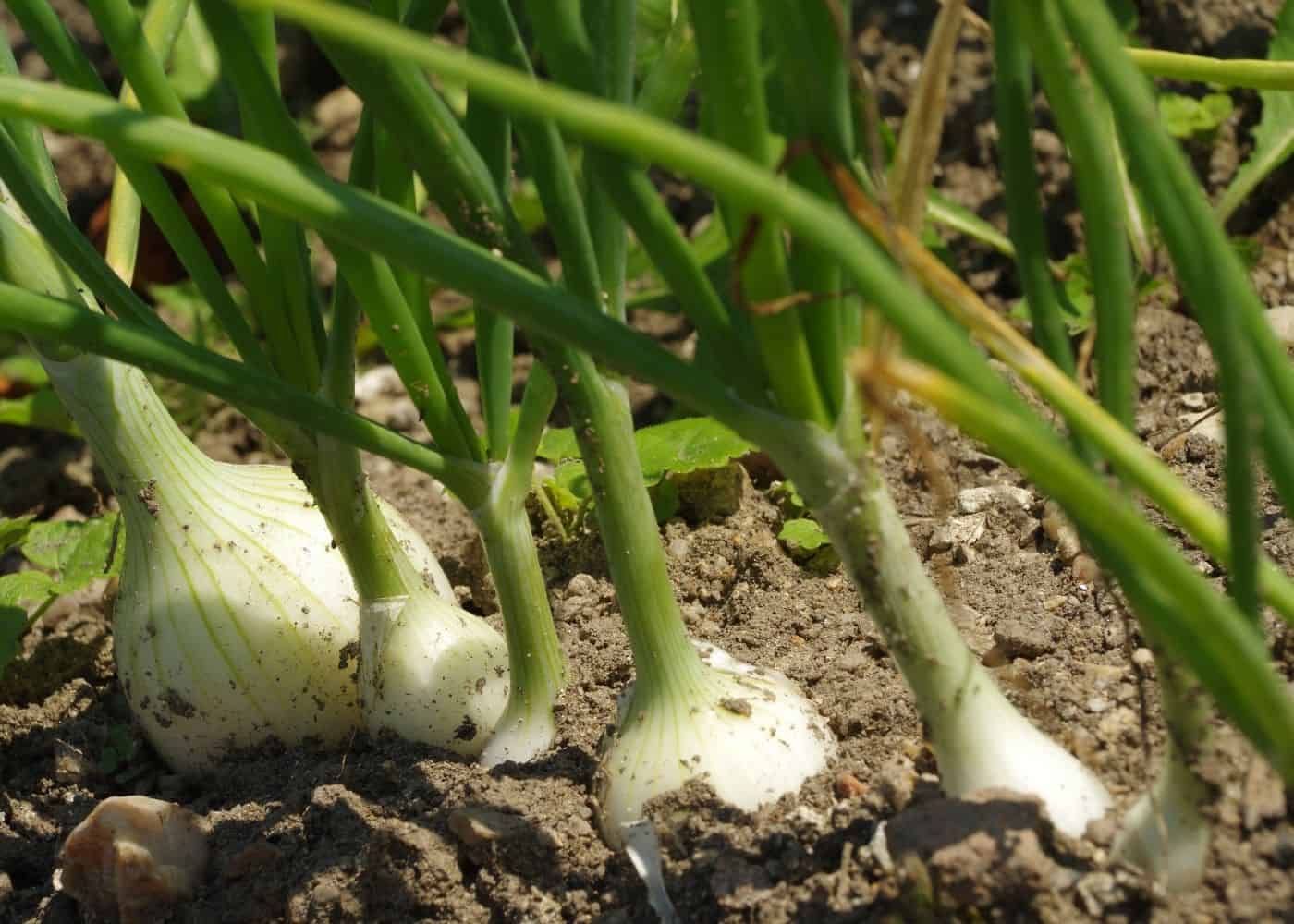
12. Onion
Onions and other allium family members (like green onions/scallions) repel aphids, cabbage worms, and slugs, making them wonderful companion plants. And like okra, onions are another key gumbo recipe ingredient, making it convenient to grow peppers alongside onions and okra.

13. Chives
Chives make great companion plants for pepper plants because they attract bees that can later pollinate pepper plants. In addition, chives can improve the flavor of peppers and boost the number of peppers the plant produces. Lastly, the onion-like scent can repel certain flying pest insects.
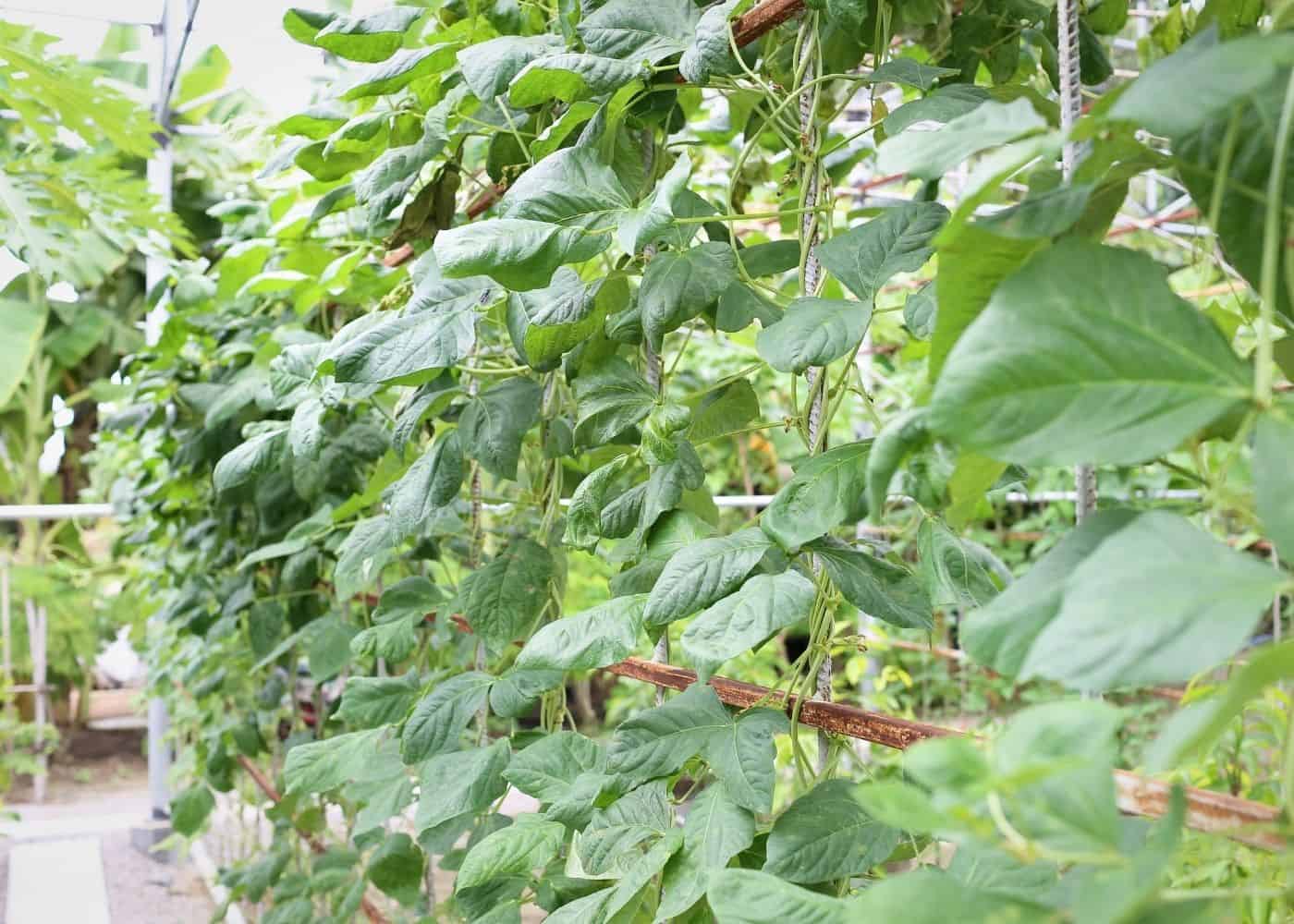
14. Cowpeas
Cowpeas are a good companion plant for pepper plants because they prevent pests such as the Green Stink Bug. Green Stink Bugs are highly attracted to cowpeas and will choose them over pepper plants any day. If you see a few Green Stink Bugs on your pepper plant, you can remove them and drop them in a bucket full of soapy water.
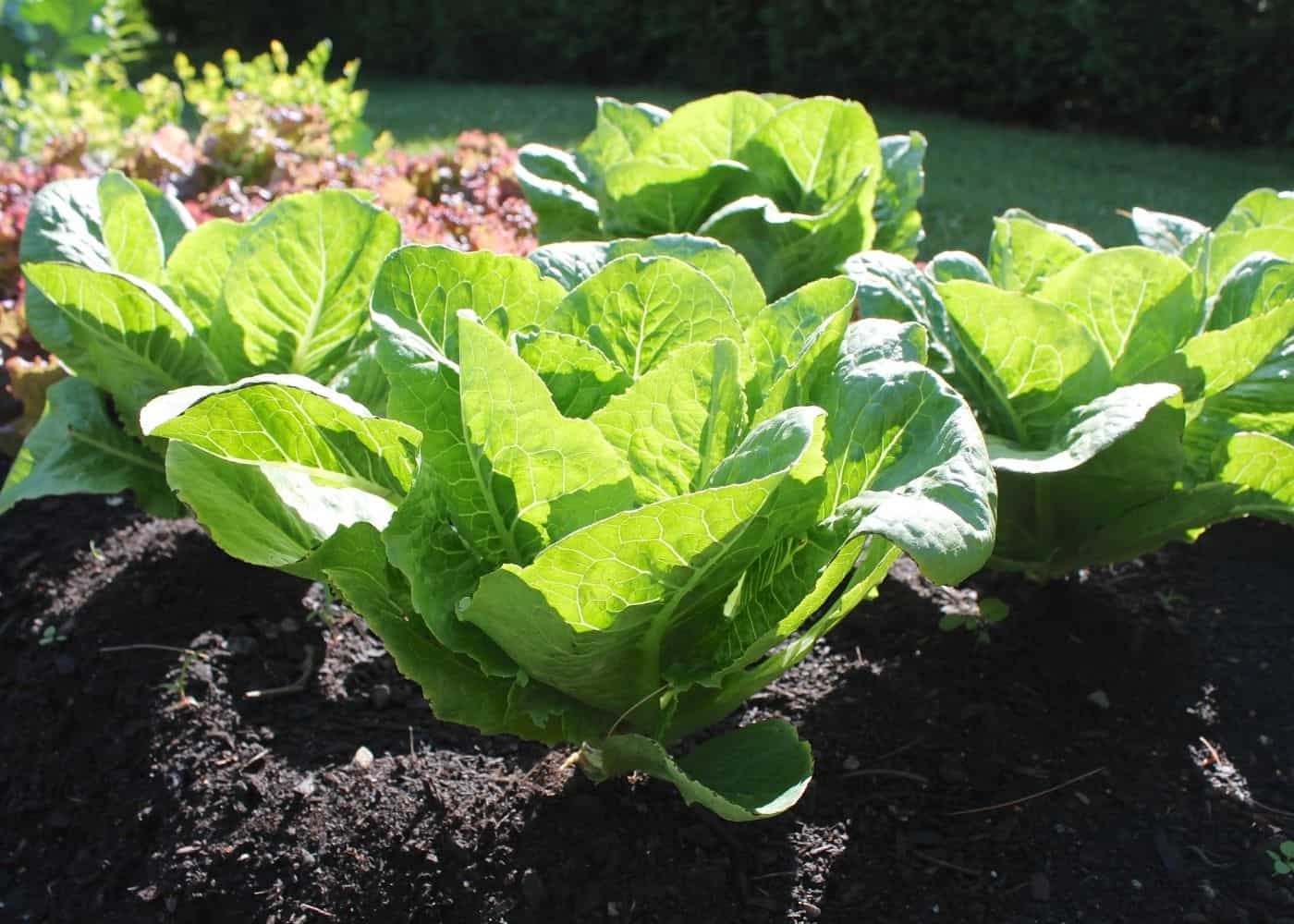
15. Lettuce
Lettuce is an unobtrusive garden veggie crop that grows well with peppers. The shallow roots of lettuce don’t compete with the deeper pepper roots, and the lettuce plants can shade the ground around the pepper plant to keep moisture in (and inhibit growth of weeds).
Lettuce may not grow very well in the hottest days of summer, but try seeding it in the shadow of pepper plants, where the protection from direct sunlight may allow you to grow lettuce right through the hottest days of summer (look for a bolt-resistant variety!).
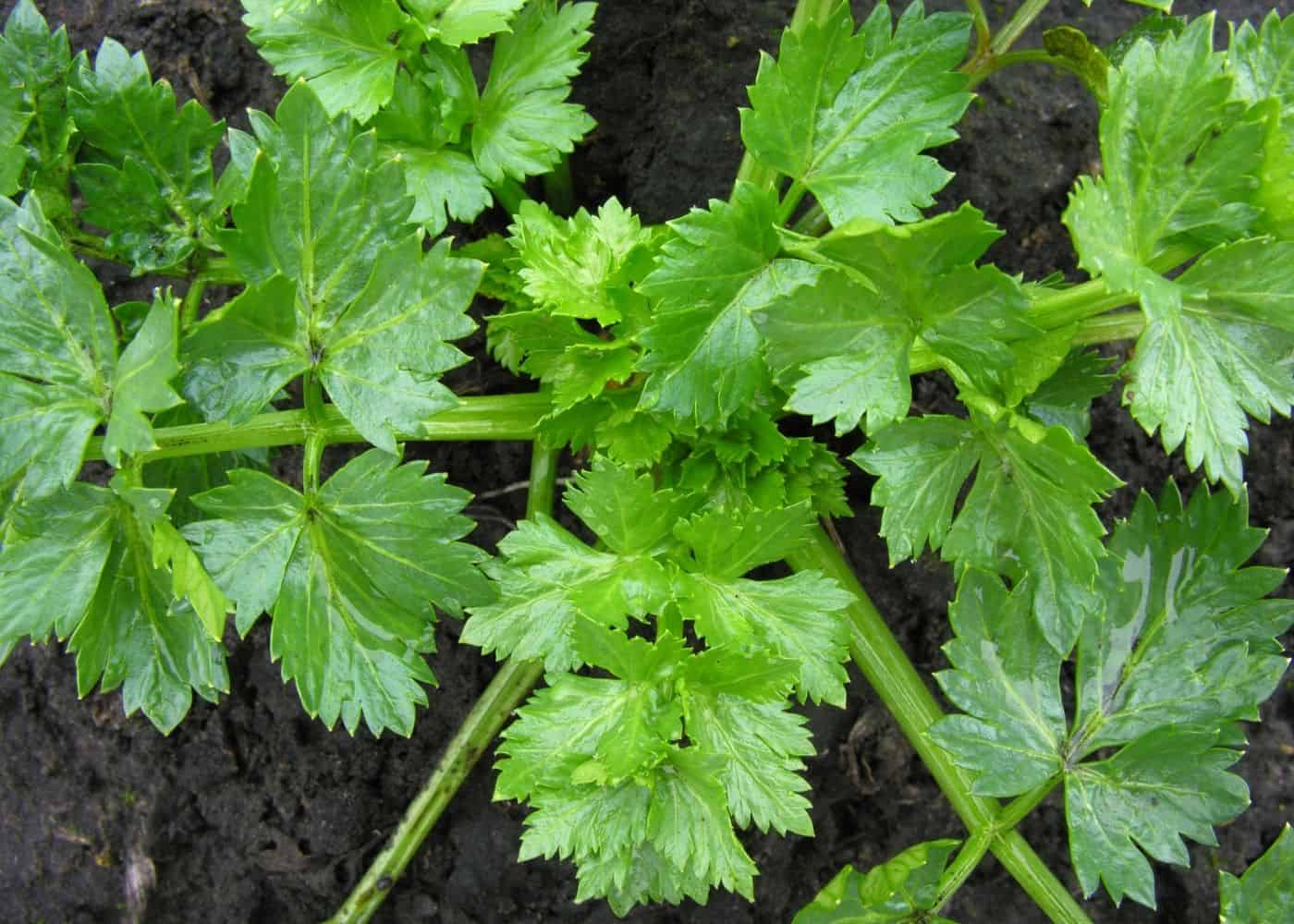
16. Celery
Celery can limit soil disease and promote growth of nearby plants, making it an excellent companion for pepper plants. It does require quite a bit of water, but the attention to that area of the garden will undoubtedly help the pepper plants thrive with that extra bit of care and maintenance. Just be sure to get the celery planted well before the peppers, as celery is a cool-season veggie that needs cool nights at first, while peppers are a warm-season veggie that needs warmer nights all season.

17. Radishes
Radishes make great companion plants because they attract flea beetles. For example, planting radishes near your pepper plant can prevent flea beetles from eating the leaves of your pepper plant because they will eat the radish leaves instead.

18. Cucumbers
Cucumbers make great companion plants because they are living mulch for pepper plants. For example, you can grow cucumbers at the base of pepper plants to keep weeds down. First, place a trellis behind the pepper plant to allow the cucumbers to grow upward. Then, place the trellis on the north side of the garden so it doesn’t shade the pepper plant during sunny days, which pepper plants love.
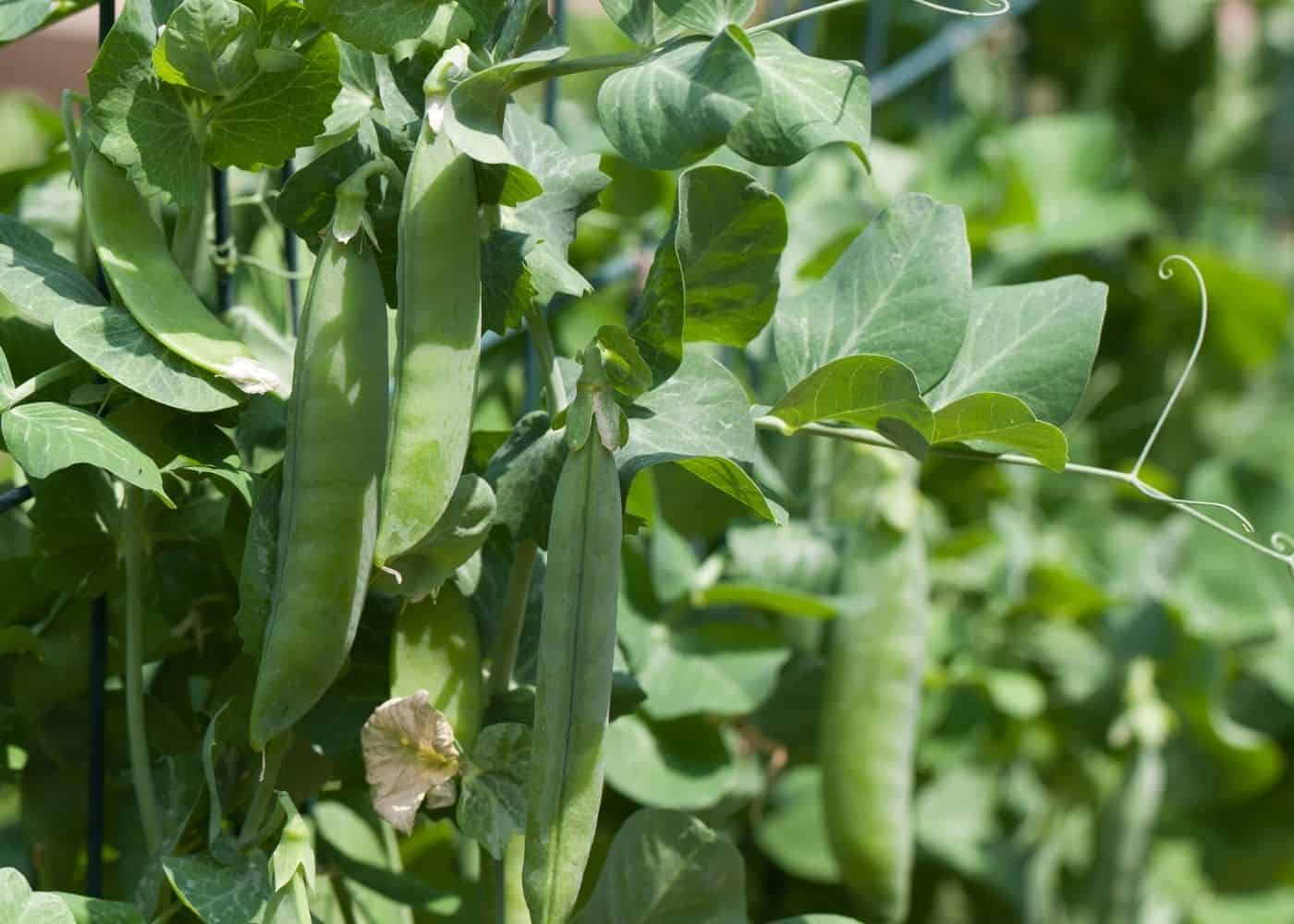
19. Peas
Peas are a great companion plant for peppers because they are planted earlier in the season, bringing nitrogen into the soil. Nitrogen helps pepper plants because it’s a vital macronutrient that aids in pepper plant leaf production. A pepper plant needs lots of big healthy leaves for photosynthesis that produces juicy peppers at the end of the season.
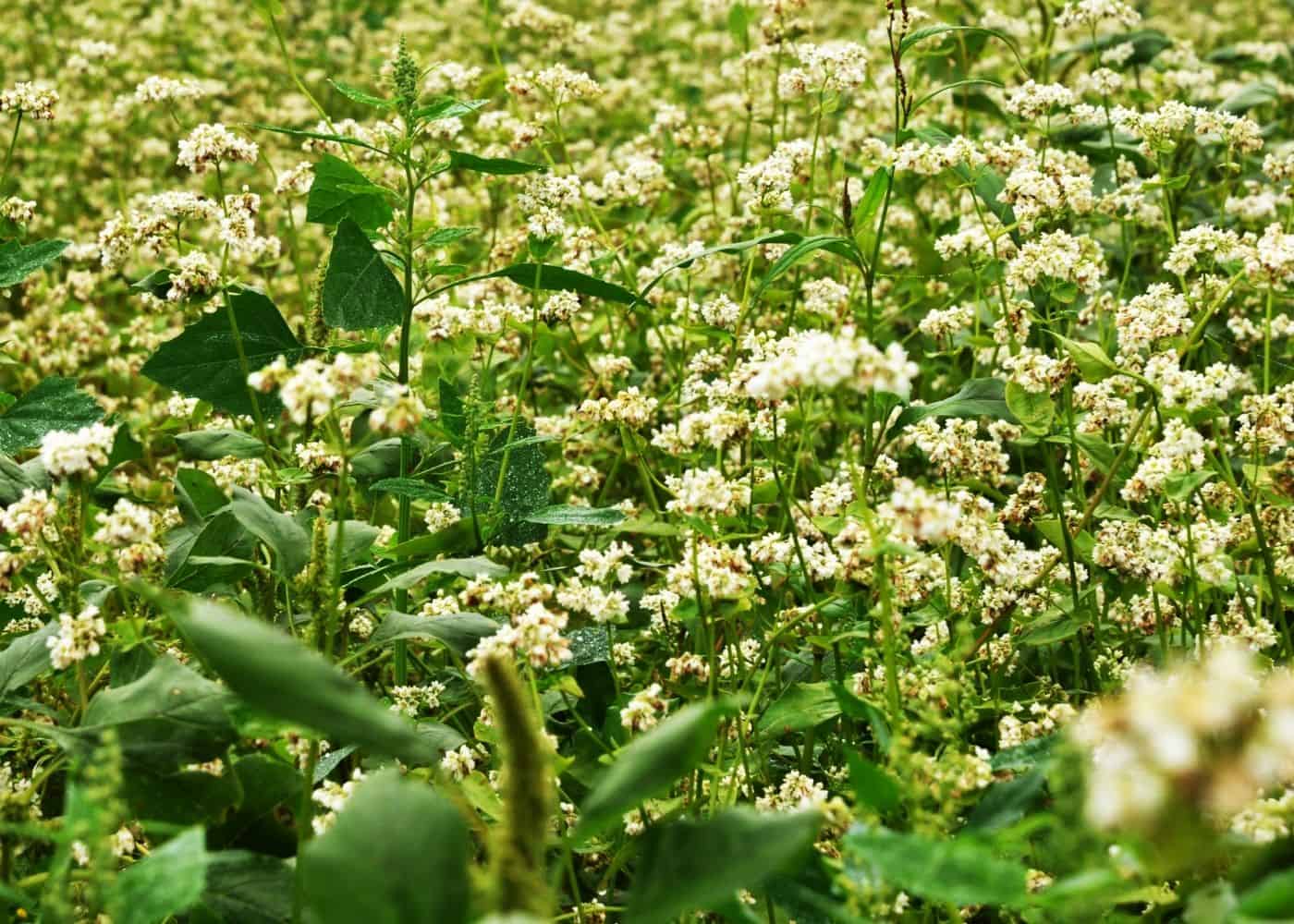
20. Buckwheat
Buckwheat is a good companion plant for pepper plants because it can act as a nutrient-rich compost. Since buckwheat is a “cover crop,” it covers the soil as mulch rather than being harvested.
Six to eight weeks before planting your peppers, sow the buckwheat. Then, cut the plant down to the soil line when the first buckwheat flowers appear. If you let it grow seeds, it can take over the entire garden, so avoid it if possible. After the buckwheat starts to grow flower buds, you can chop it up and leave it on top of the soil for nutrients and mulch around the base of the peppers.
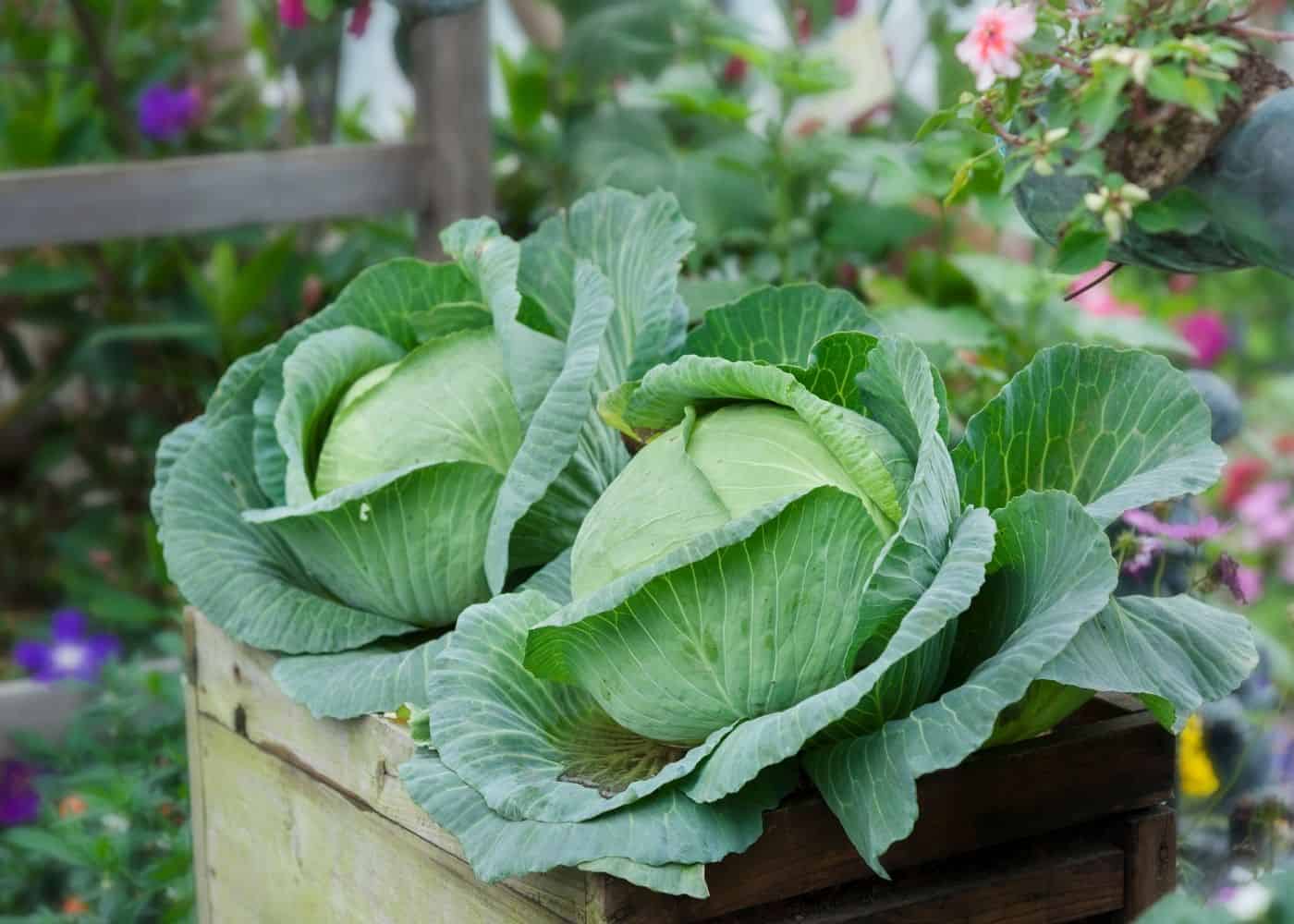
Bad companion plants to avoid planting near peppers
Kale, Broccoli, Cauliflower, Brussels sprouts, Cabbage, Collards, Fennel, and Kohlrabi, are poor companion plants for pepper plants. All plants belonging to the Brassica family, such as Brussels sprouts, cabbage, and broccoli, can be harmful to pepper plants and should be planted in a different area.
Similarly, mature fennel plants can stunt pepper plant growth. Fennel can also attract Swallowtail Butterflies, which lay eggs on pepper plants. Once the eggs hatch, they eventually turn into caterpillars that feed on neighboring pepper plants.
Lastly, some gardeners don’t like planting their beans next to pepper plants. This is largely because the beans are vigorous and can compete with the peppers for space in the soil and sunlight. Bean plants may climb and choke out peppers, leading to a less-than-optimal crop from both plants.


